When I first began on Steem, I shared and posted about my hobby, 3D modeling. Since getting into writing fiction and co-creating @thewritersblock, I have not had much of a chance to indulge in this pastime. Steemhouse Publishing, our publishing house, is in the final stages of editing our first book called High Kill, written by our very own @rhondak under her pen name, Diane Ryan. This book would naturally need cover art and a month or so ago we set about designing one.
A guitar features heavily in the story and @rhondak found this photograph as a launching point to get our creative juices flowing.

@tanglebranch owns a similar guitar and set about photographing it from various angles so that we wouldn't have to use stock photographs where the guitar was fixed in particular positions.
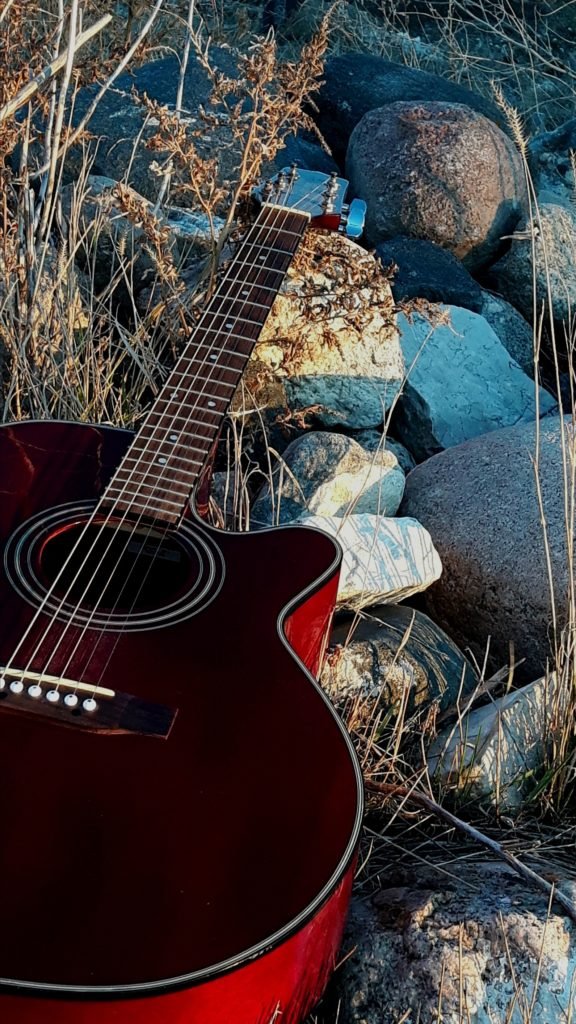
Diagonals work well on book covers and Rhonda was keen to have the guitar stood at an angle, perhaps leaning against...something. Another stipulation was that the cover was not too 'busy' so that it reads well as a thumbnail, so the idea formed of having the guitar stood up in a room, leaning against a rough stucco wall. Then it hit me...why don't I indulge my passion of 3D modeling and create the cover myself? I passed the suggestion onto Rhonda and she jumped at the chance.
In the few years that I have been 3D modeling, I have created spacecraft after spacecraft, mostly from the Star Wars universe, such as in these examples.
It suddenly struck me that I have never attempted to recreate a real-life object, such as a guitar, as a 3D object. With fictional creations like spaceships, you can take a little artistic license here and there, but recreating an actual guitar? It HAS to look right. So I fired up my 3D modeler of choice, The Foundry's Modo, and accepted the challenge. I dragged the photo of the guitar from earlier in this post into Modo to use as a backdrop item so that I could trace its outline with the pen tool. Click photos for full sized versions.
I then thickened the flat polygons to create the body of the guitar.
What's a guitar without a sound hole? Quiet. Next, I created a cylinder to use as a boolean object, to cut out the hole.
At this point, I divided up the geometry on the front and back faces of the guitar, added control edges around the hole and the rims of the guitar, and subdivided up the mesh so that when rendering, it would not have the faceted look. I also threw on basic placeholder materials to the guitar body and the inside wood.
Most other parts to the guitar began life as simple cubes, such as the neck here.
From here it's a simple case of cutting geometry, and pushing and pulling points around until the final shape is achieved.
Some items, such as the tuning pegs, had to have control edges added to hold the main shape before subdividing the geometry for a smoother look.
The guitar strings are simple tubes of gradually decreasing thickness.
The room that the guitar was to stand in had to be modeled next. The wall needed a window cut out of it and a simple cube served as the floor. A view of the Appalachian mountains, where the story is set, was to be seen through the window. At this point, I had started leaning the guitar against the wall.
We decided that the window - which was taken from a design I'd found on the internet - was too big. We had to consider that the left-hand side of the image would be the back of the book cover, so we needed plenty of space to print the blurb on the back. A little messing in Modo and the window was shrunk. That's one of the benefits of designing images in 3D rather than relying on photographs: if something doesn't work as you want it, just edit it.
We decided that it would make sense for the guitar to be leaning against a stool, so I quickly modeled one. I made the seat from a cylinder and rounded some edges, then created one stool leg with a simple cylinder, edited the geometry and leaned it over.
Once satisfied with the shape, I created a radial array with a count of 4 to duplicate the leg a further 3 times. Using snapping I snapped the center point of the radial array to the center vertex of the stool seat. This way all 4 legs were exactly the right distance apart.
Finally, I added the horizontal supports to the stool.
It was at this point that I suggested to Rhonda that there might be a pool of blood flowing from the guitar with some pawprints showing a dog having walked through it. She loved the idea so I got to work.
Before it was time to take the scene into my renderer of choice, Keyshot, a LOT of tinkering took place during which proportions of the various elements were changed at Rhonda's behest. I'm not saying that she is fussy, but this book is a big deal not just for her but for Steemhouse Publishing. It has to be perfect. Nonetheless, I imagined a dartboard with a photo of Rhonda on it, at which I would throw an imaginary dart every time she requested a change. That imaginary photograph is full of holes...
Here is a mock-up of the basic design and proportions of what the cover will look like.
During the few days it took to model the scene, Keyshot was updated to version 8. One of its new features was going to come in very handy indeed. Look out for the second part of this post where I take the flat boring geometry and bring it to life with materials and lighting.
Posted from my blog with SteemPress : http://www.muxxy.co.uk/2018/11/20/high-kill-book-cover-design-in-3d/


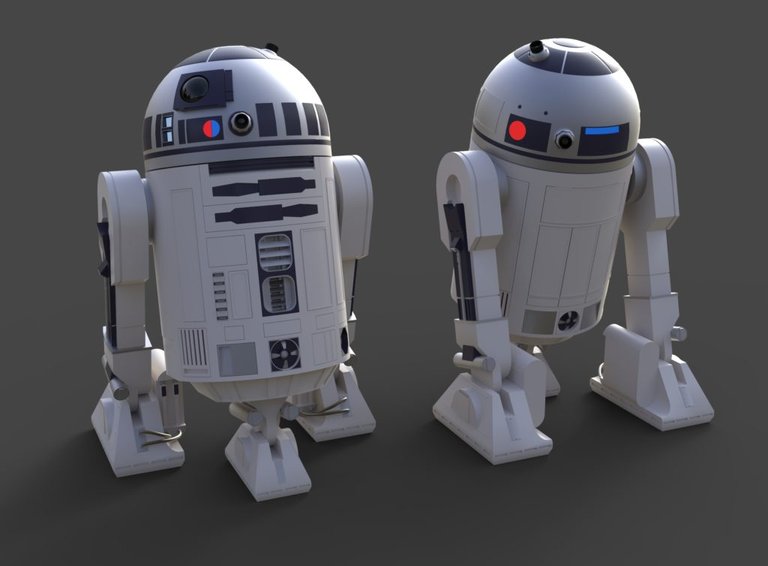

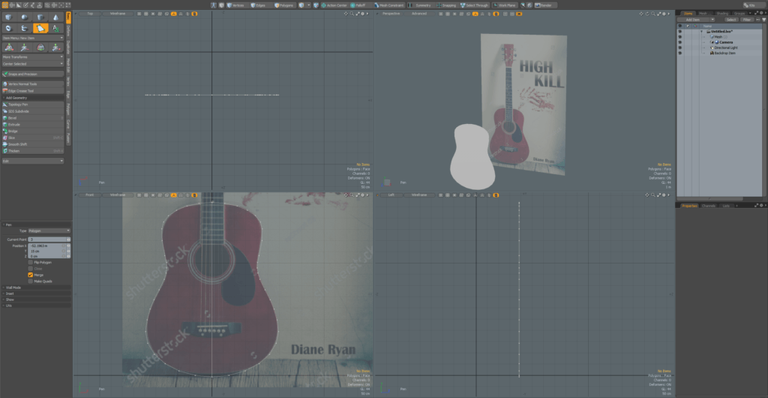
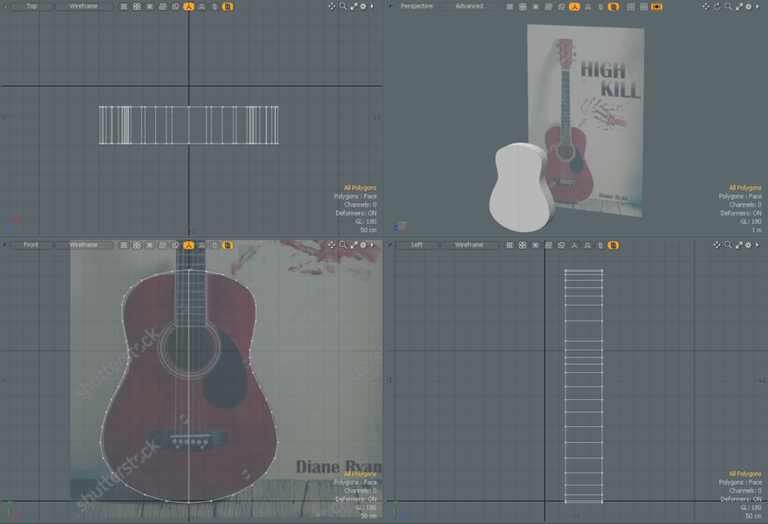
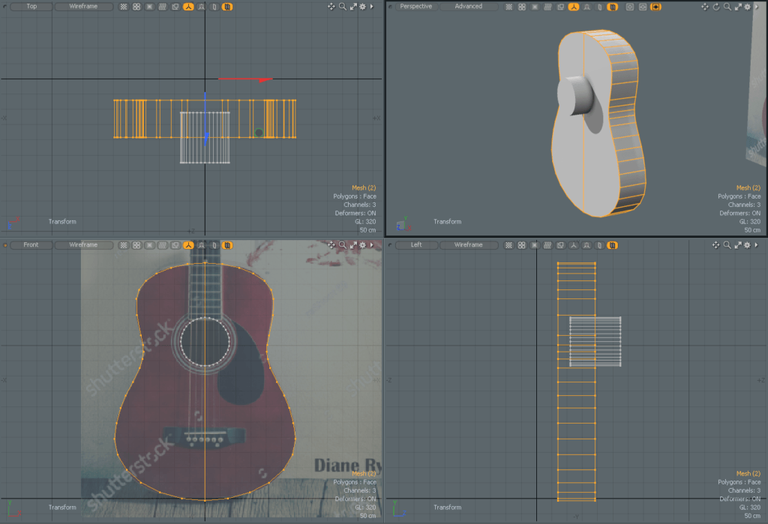
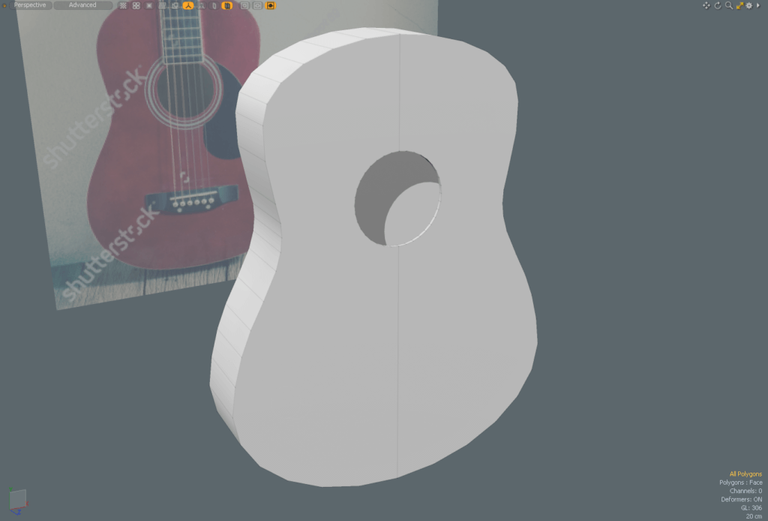
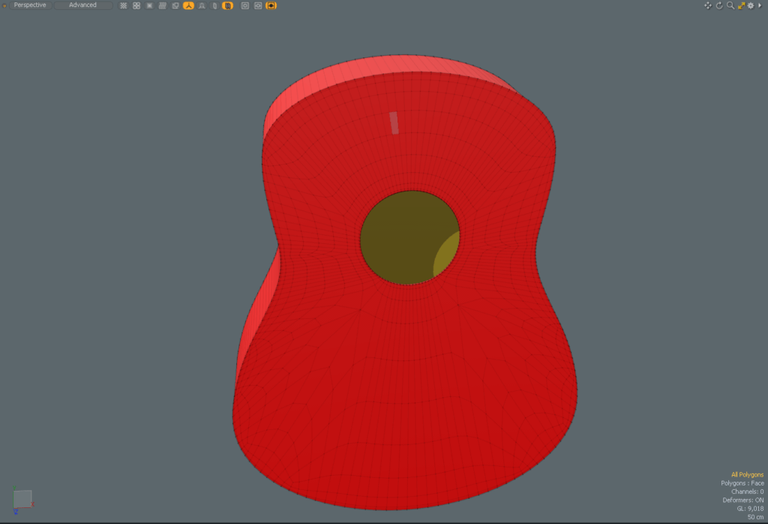



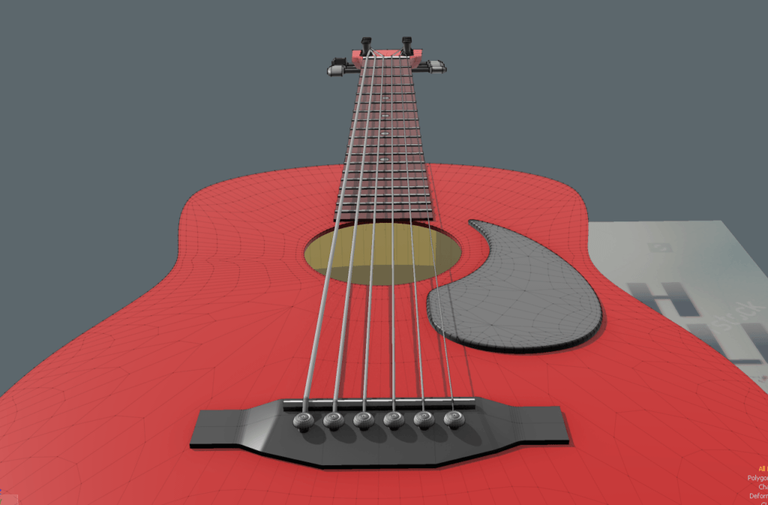



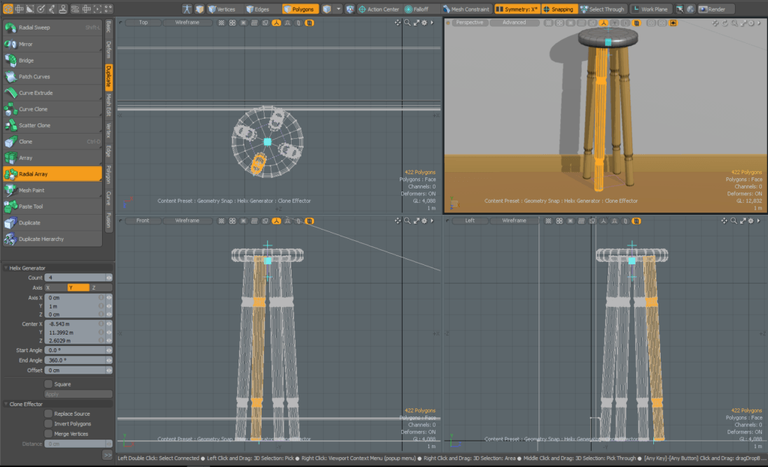

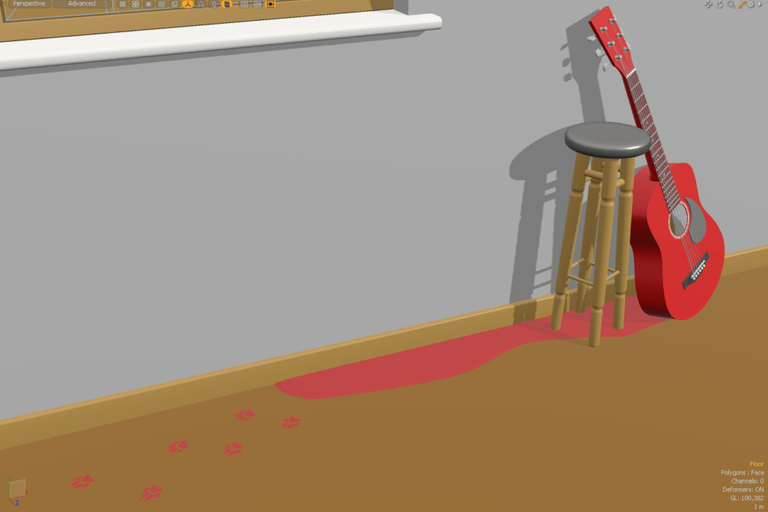
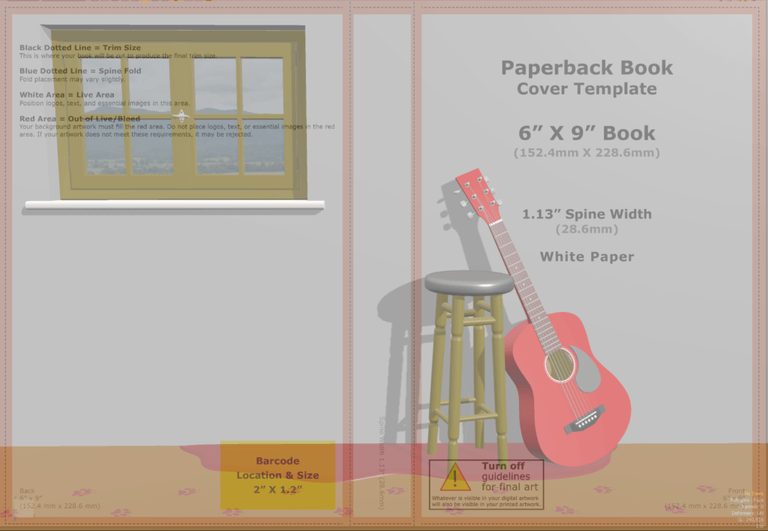
You did a fantastic job of creating something "real," Muxxy! Excellent work, I look forward to the final product :)
Wait til you see the actual render. It’s 😍!!
Yes yes of course I’m fussy. That’s why I have no friends. 😂😂😂
I can’t wait til you post a rendered version of this. People who aren’t familiar with tech like Keyshot and Iray are going to have their minds blown. 😊